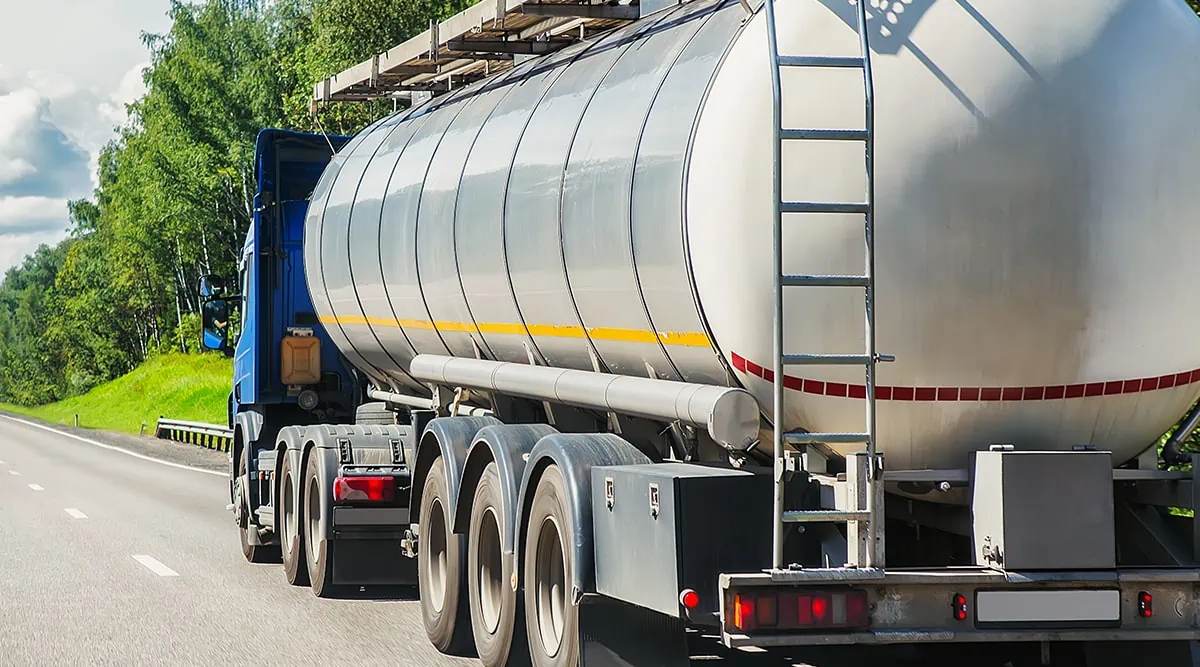Some Known Details About Reclaim Waste
Table of Contents3 Simple Techniques For Reclaim WasteNot known Incorrect Statements About Reclaim Waste The Of Reclaim WasteThe Main Principles Of Reclaim Waste Not known Facts About Reclaim Waste
Residential sewer waste refers to the waste and items from a domestic septic storage tank. The proper management and disposal of domestic sewer waste call for liquid waste to be moved to a sewer treatment plant where the proper techniques and equipment are used to detoxify and dispose of waste.
Business waste typically consists of potential risks, such as flammable products or a mixture of fluid and solid waste products, and requires a more advanced and comprehensive disposal procedure. The disposal of business waste normally involves the filtration of waste prior to transportation to guarantee risk-free and appropriate disposal. Hazardous waste is created from results and runoff of industrial procedures and manufacturing.
This kind of waste can not use the exact same sewer monitoring transportation or processes as septic or commercial liquids. The hazardous waste monitoring procedure requires the evaluation and testing of fluid waste prior to it undertakes the disposal process (liquid waste disposal melbourne). Runoff waste is the liquid waste that comes from runoff and excess stormwater in very booming locations or cities
Overflow waste can trigger contamination and flooding if not dealt with properly. Ensuring proper waste monitoring can prevent catastrophes and decrease environmental injury.
Reclaim Waste Things To Know Before You Buy
Get in touch with PROS Providers today to find out about our waste administration and disposal services and the correct ways to take care of the liquid waste you produce.
(https://www.goodreads.com/user/show/183557660-leon-aube)Do you recognize what occurs to your water when you disengage, purge the bathroom or drain the cleaning device? No? Well, it deserves understanding. This so-called 'wastewater' is not just a vital source however, after treatment, will be launched to our land, waterways or the sea. Used water from commodes, showers, baths, cooking area sinks, laundries and commercial processes is called wastewater.

water made use of to cool machinery or clean plant and equipment). Stormwater, a kind of wastewater, is overflow that moves from farming and metropolitan locations such as roofing systems, parks, gardens, roadways, paths and rain gutters into stormwater drains pipes, after rainfall. Stormwater streams without treatment directly to neighborhood creeks or rivers, ultimately reaching the sea.
Some Known Details About Reclaim Waste
In Queensland, most wastewater is dealt with at sewer treatment plants. Wastewater is carried from residential or commercial websites via a system of sewage systems and pump stations, referred to as sewage reticulation, to a sewer treatment plant. Regional federal governments construct, preserve and operate most sewer therapy plants. Operators are licensed under the Environmental Management Act 1994 to discharge treated wastewater at an acceptable ecological criterion into rivers.
The Department of Natural Resources suggests regional federal governments about handling, operating and preserving sewerage systems and treatment plants. In unsewered areas, city governments may require owners to install individual or family sewage therapy systems to treat residential wastewater from bathrooms, kitchen areas, bathrooms and washings. The Department of Natural Resources authorises the usage of house systems when they are shown to be effective.
Many stormwater gets no therapy. In some brand-new class, therapy of some stormwater to remove litter, sand and crushed rock has actually begun making use of gross pollutant traps. Wastewater therapy happens in four stages: Removes strong matter. Bigger solids, such as plastics and various other objects mistakenly discharged to sewers, are gotten rid of when wastewater is gone through screens.
Makes use of small living microorganisms recognizes as micro-organisms to damage down and get rid of continuing to be liquified wastes and fine why not find out more particles. Micro-organisms and wastes are incorporated in the sludge.
The Best Strategy To Use For Reclaim Waste
Nutrient removal is not available at all sewer therapy plants due to the fact that it calls for costly specialist devices. Clear liquid effluent produced after therapy may still include disease-causing micro-organisms - industrial wastewater treatment.

This normally means wastewater has to be treated or contaminants removed prior to it can be released to waterways. Many wastewater flows into the sewerage system. Under the Act, local federal governments carry out authorizations and licences for environmentally relevant activities (ERAs) entailing wastewater launches that may have a local influence. The department administers authorizations and permits to ERAs involving wastewater releases that might have a local or statewide effect.
Rumored Buzz on Reclaim Waste
Monitoring offers accurate info about water high quality and can validate that permit conditions are being fulfilled. The details gotten via tracking provides the basis for making water top quality decisions.